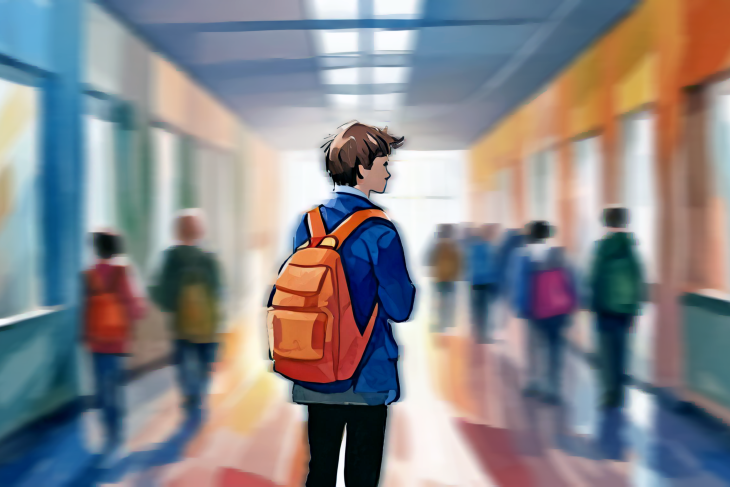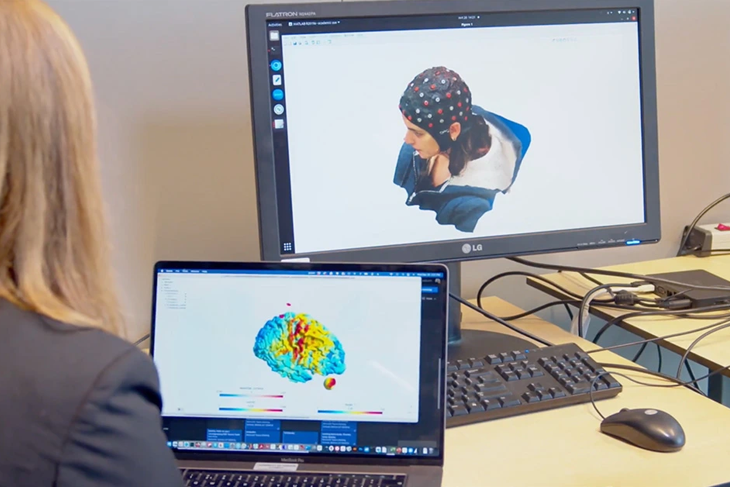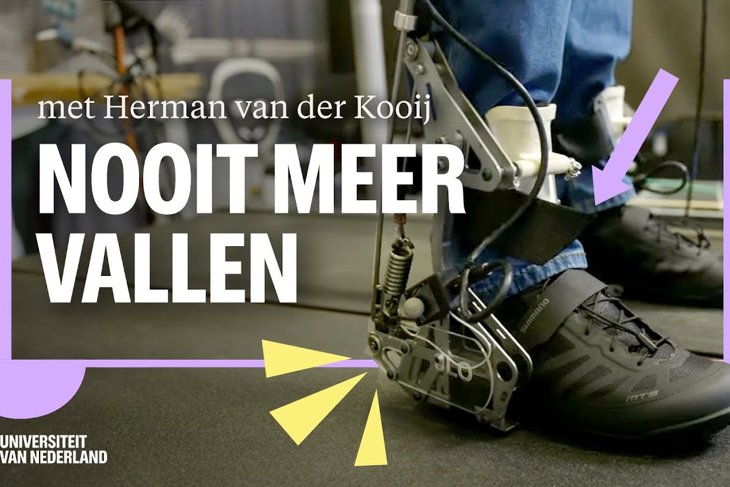Loneliness is an invisible but common problem. This certainly applies to young people as well. However, much remains unclear. For instance, how do we know who is feeling lonely? And when? And what exactly is loneliness? Ultimately, the researchers aim to map and address these feelings of loneliness with this project, focusing on different groups of young people. For example, many (secondary) schools are not adequately equipped for pupils with special needs, those who do not fit the mould of a typical student. Consequently, they struggle to connect with their peers.
Smartwatch
Carolien's department at the University of Twente (Human Media Interaction) excels in sensor technology development and innovative wearables. This expertise is being applied in this project. "We track students' movements around the school building using a special smartwatch," Carolien explains. " In other words, in real-time. They can then easily indicate how they feel in a particular space or situation. A questionnaire afterwards, about a situation that may have occurred a month ago, is not as effective. With this method, we hope for better responses and data that can be linked to specific locations within a school."
According to Carolien, loneliness among certain groups of young people mainly occurs during the time between classes. "During breaks, in the school corridors, that's where it happens. If you have no one to chat with during such a break? Or if a crowded space overwhelms you? That leads to feelings of loneliness."
Too crowded
Carolien and her colleagues hope that real-time measurements will provide data on aspects such as acoustics and physical layout. "Most school spaces are only suitable for one group of students: those who enjoy noise and crowds. We must make school buildings suitable for different needs. We've previously researched students with autism, using interviews. It showed, for instance, that school cafeterias are often noisy and crowded. Some students feel unsafe and are unable to participate in social interactions. A different layout, with, for example, sound-absorbing materials or high-backed seats for small groups, can already contribute to making a space pleasant and accessible for everyone."
Famous architect
The project partners receive significant support from schools and societal partners. The renowned Egyptian architect Magda Mostafa is also involved. Carolien says, "She advises the United Nations on autism-friendly architecture that promotes social cohesion. It's great that she's contributing to this project. The Dutch Autism Association, the NVA, also supports the project. The major collaboration networks of secondary schools in Twente and Amsterdam are also participating. We hope to test the first smartwatches in practice in a few months."




